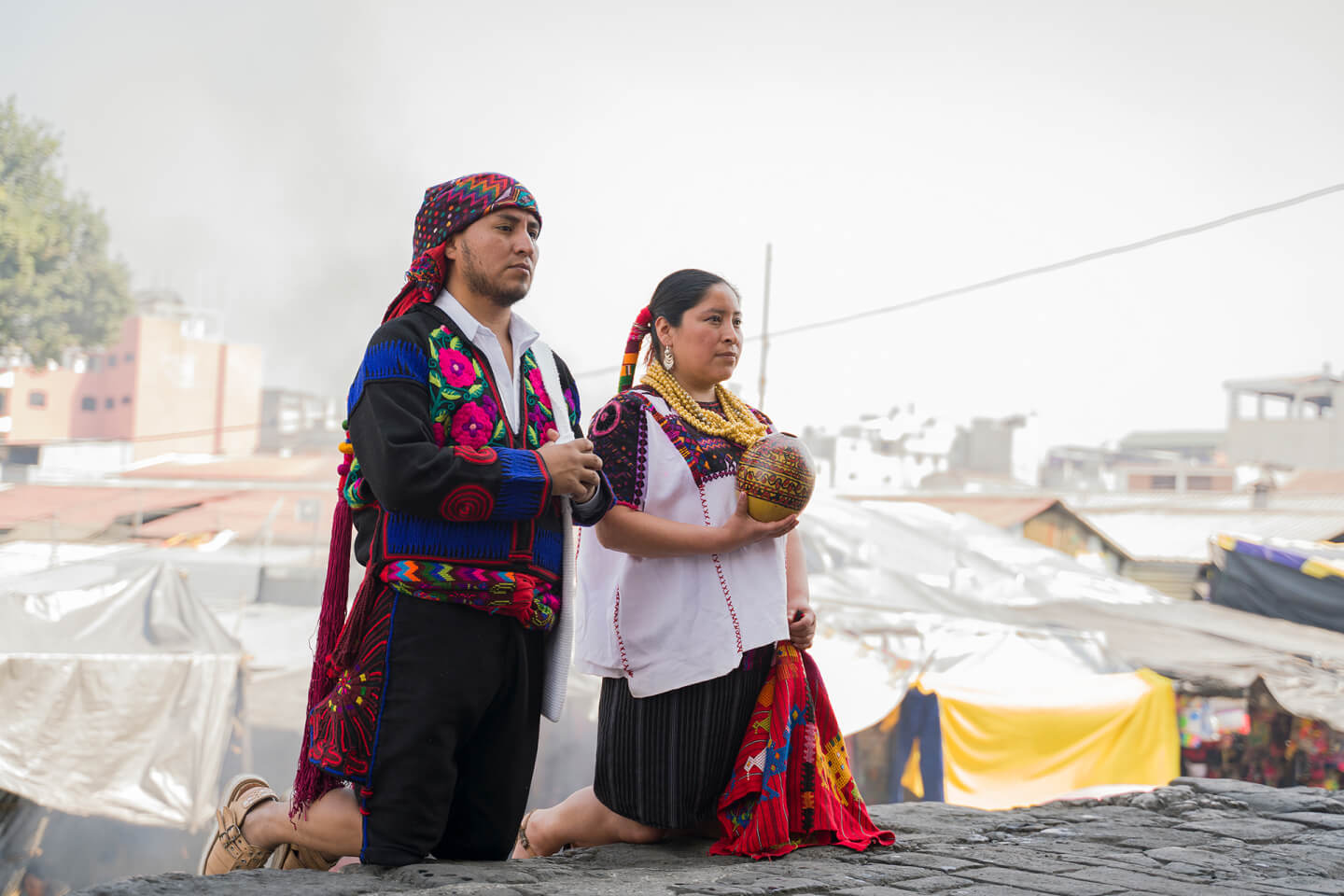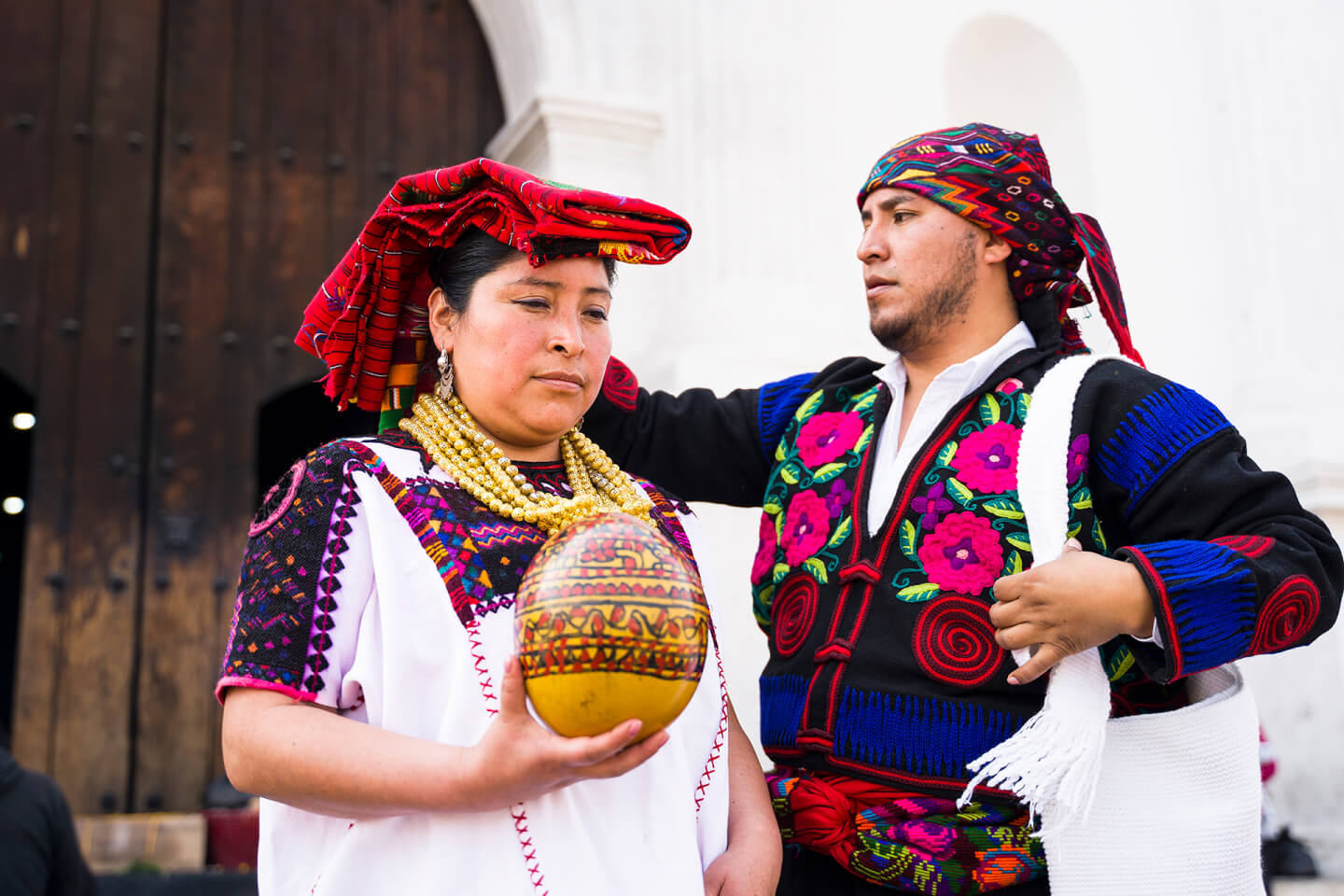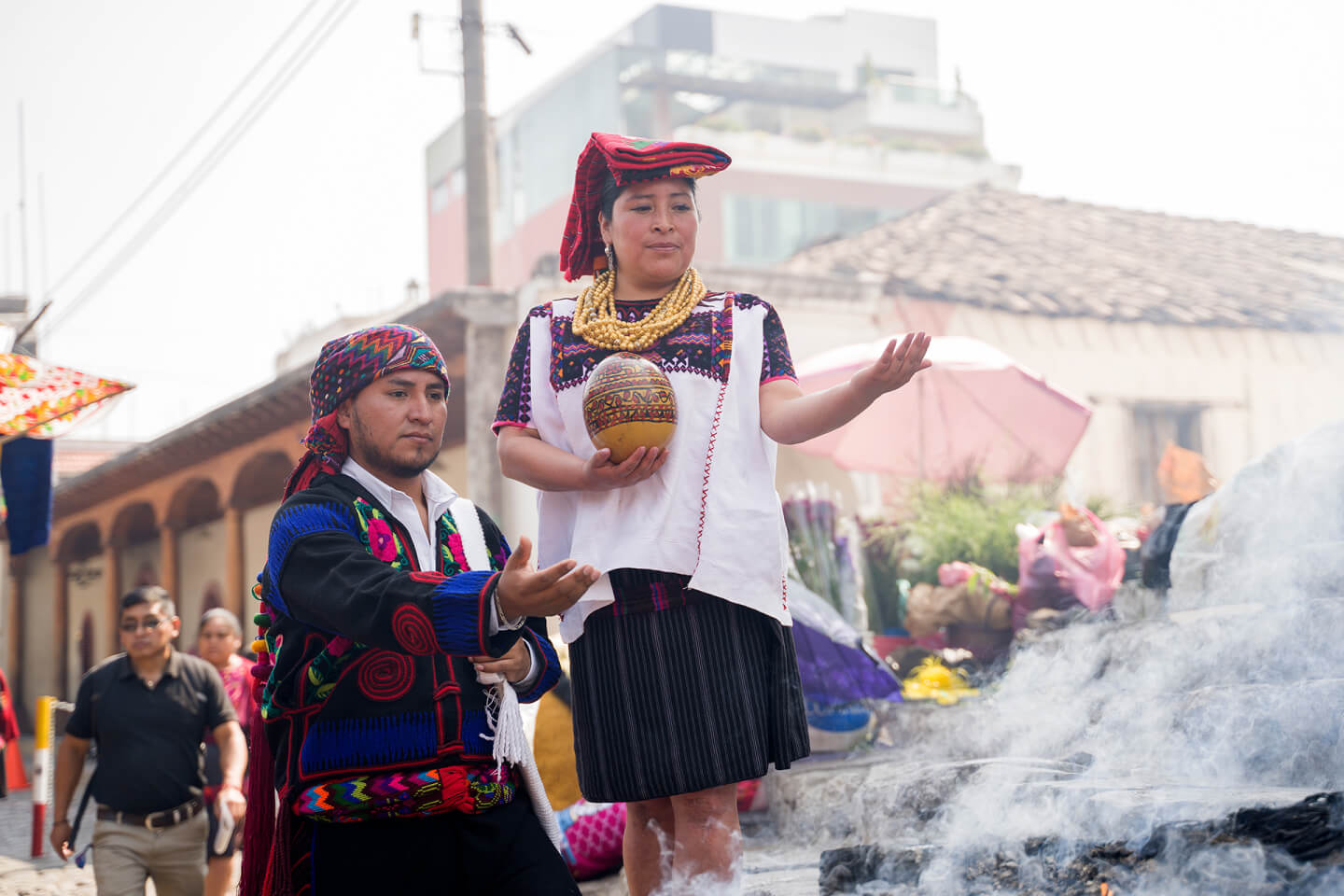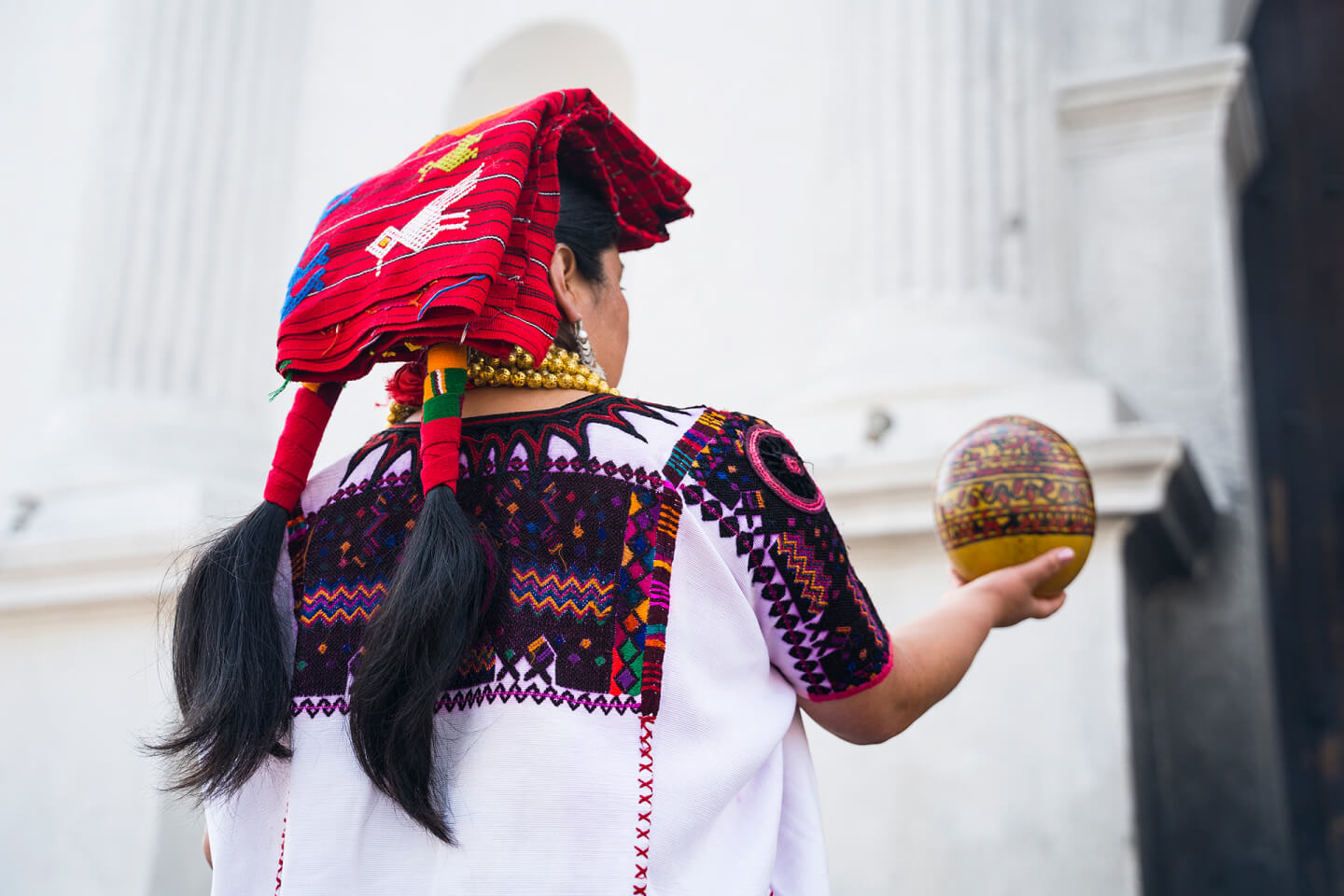












Products
Markets. Chichicastenango. Chapter IX

Food and groceries

In the grocery part of the market there are stalls with vegetables, fruits, fish, meat, and food is prepared around the perimeter — corn tortillas, rice, salads, chicken. The Indians do not perceive gastronomy as an important part of culture, so the influence of the Spaniards on food was especially strong. And, of course, the food was adapted to the taste of numerous tourists.


The food of the locals is mainly of vegetable origin: a lot of greens, avocados, fruits. Guatemalans prefer chicken meat, seafood is almost absent from the diet, despite that the country is located on the coast. This is due to the fact that the colonizers pushed the locals out of there, forcing them to move to the mountains and plateaus. The kitchen had to quickly adapt to what was growing in a new place of residence.
Chichicastenango, Quiché Department. 2018.








You can find sellers on the square on ordinary, non-market days. They are either from Chichi, or the nearest villages. Locals buy from them. It is much calmer without the tourists.
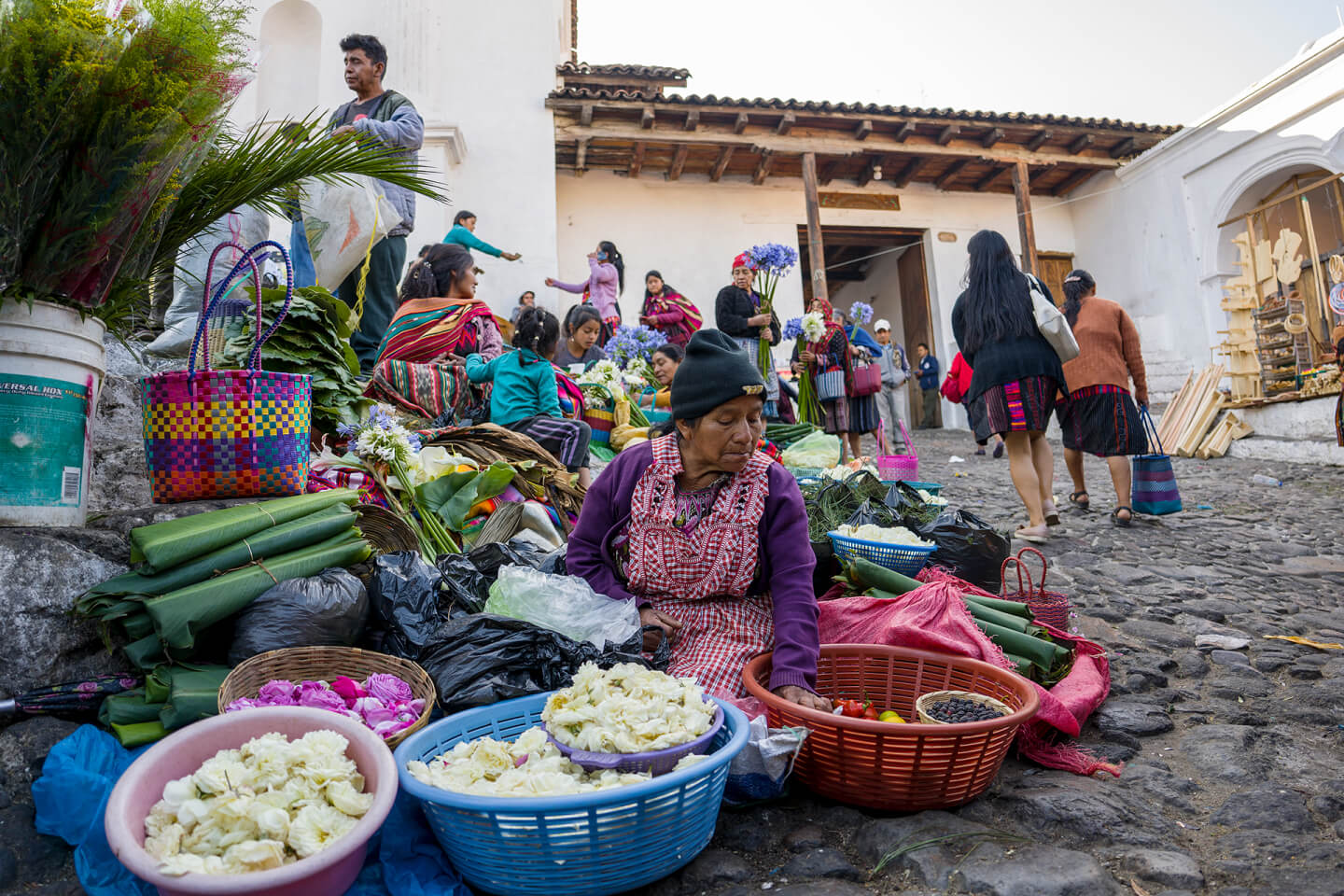
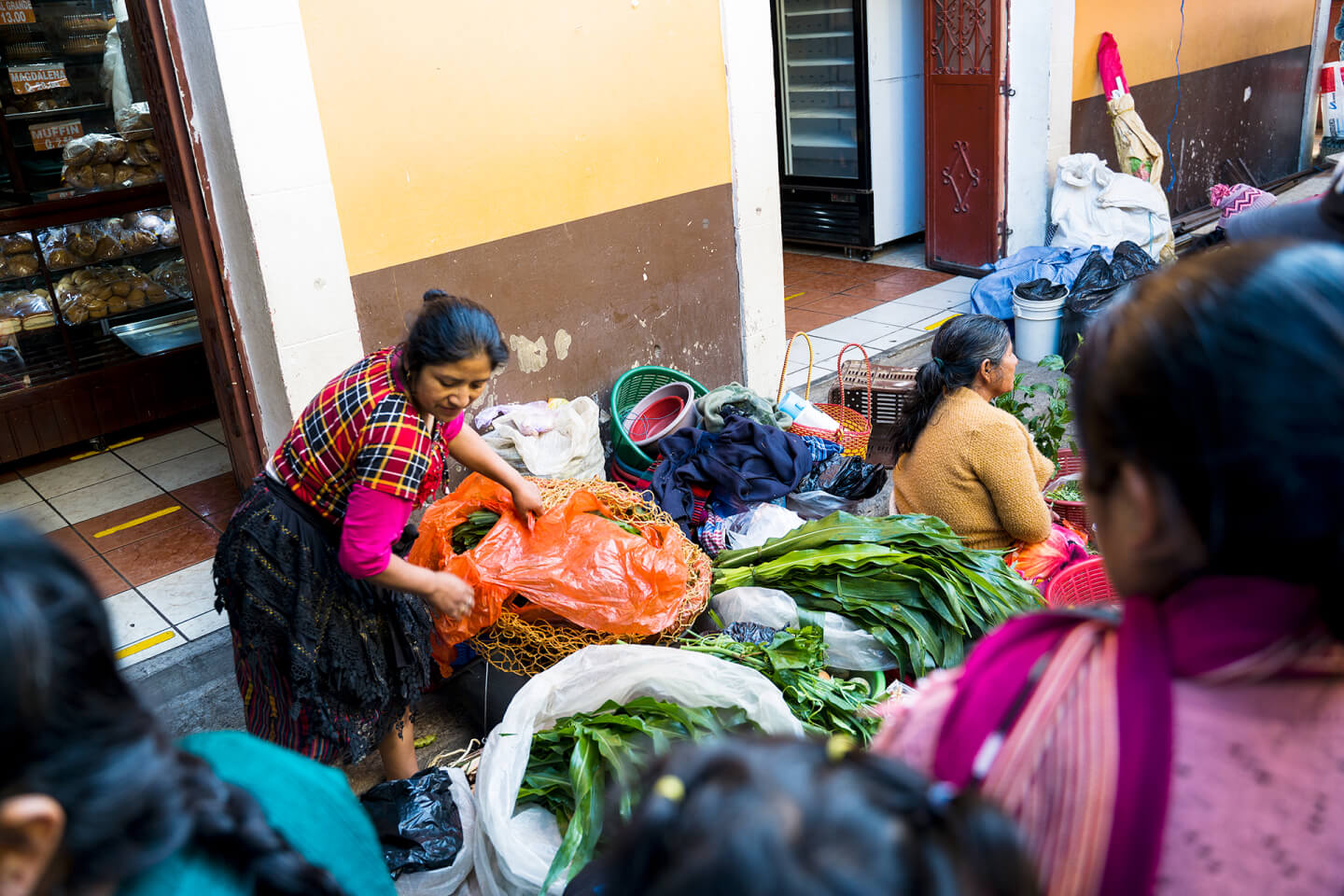
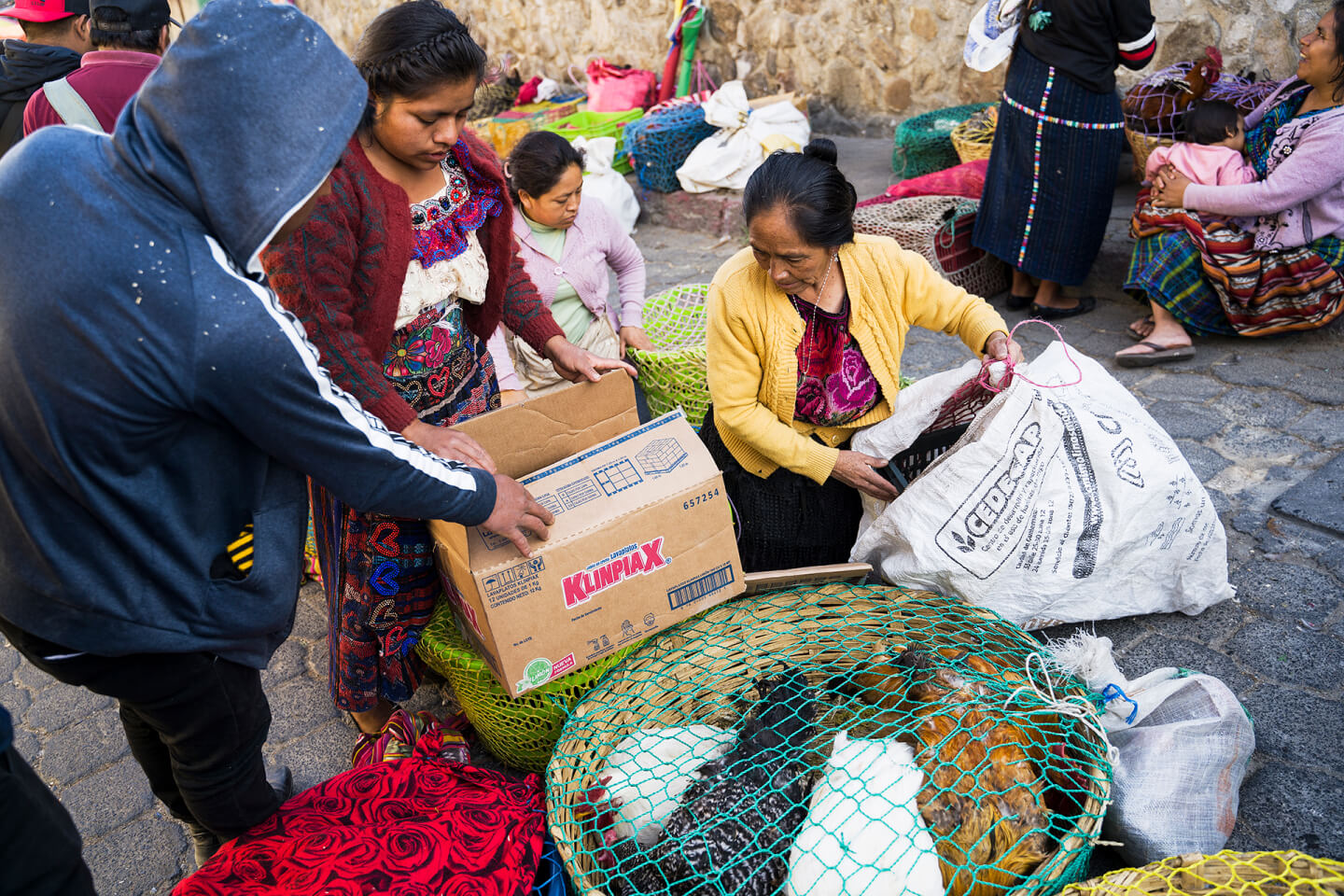
Chichicastenango, Quiché Department, Kʼicheʼ tribe. 2024. JFernando Morales Photography
In the large market section, household items are sold to locals — buckets, pottery, and everything that is useful in the household. The sale of animals occupies a whole separate market area.


Chichicastenango, Quiché Department, Kʼicheʼ tribe. 2024. JFernando Morales Photography
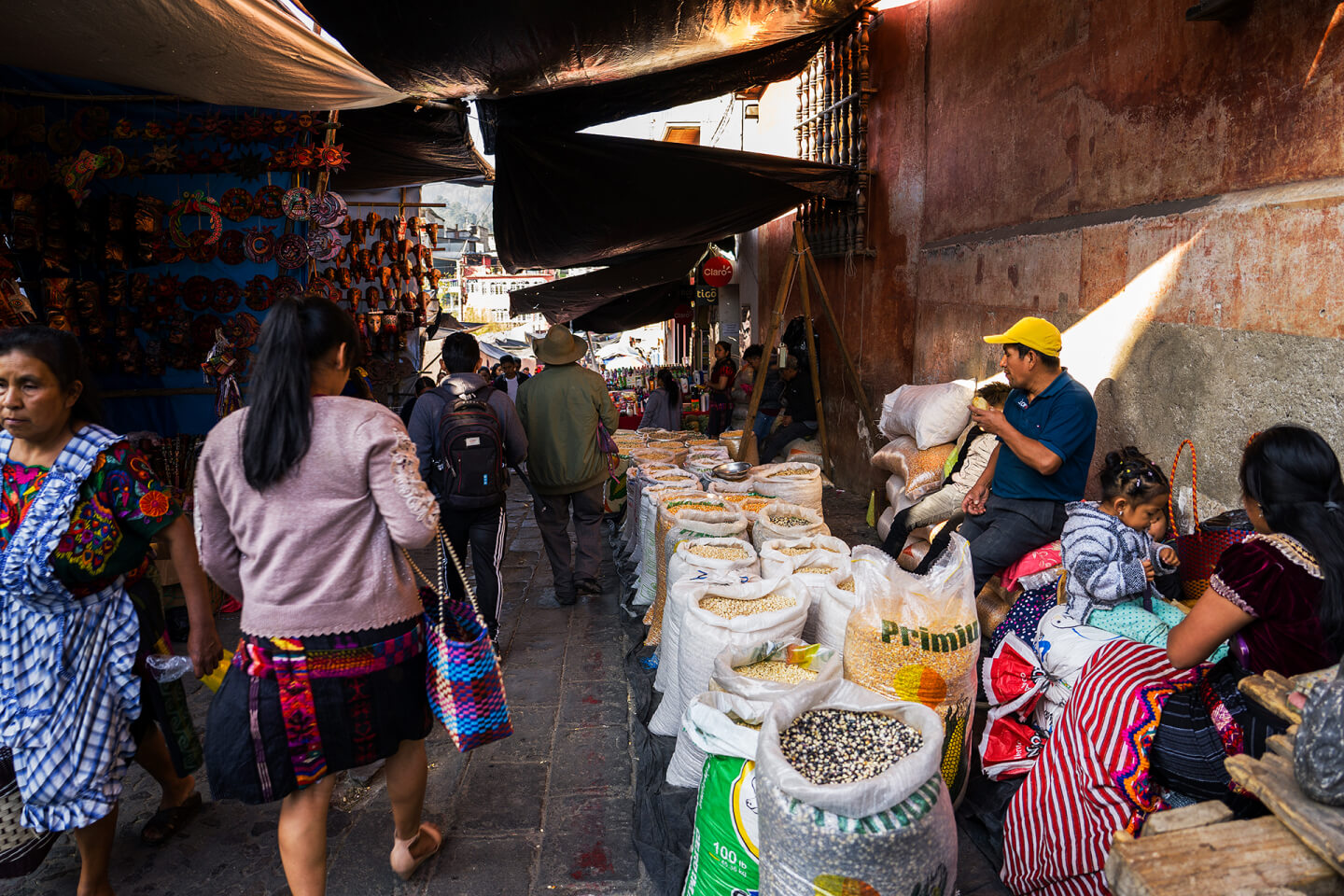
Chichicastenango, Quiché Department, Kʼicheʼ tribe. 2024. JFernando Morales Photography.
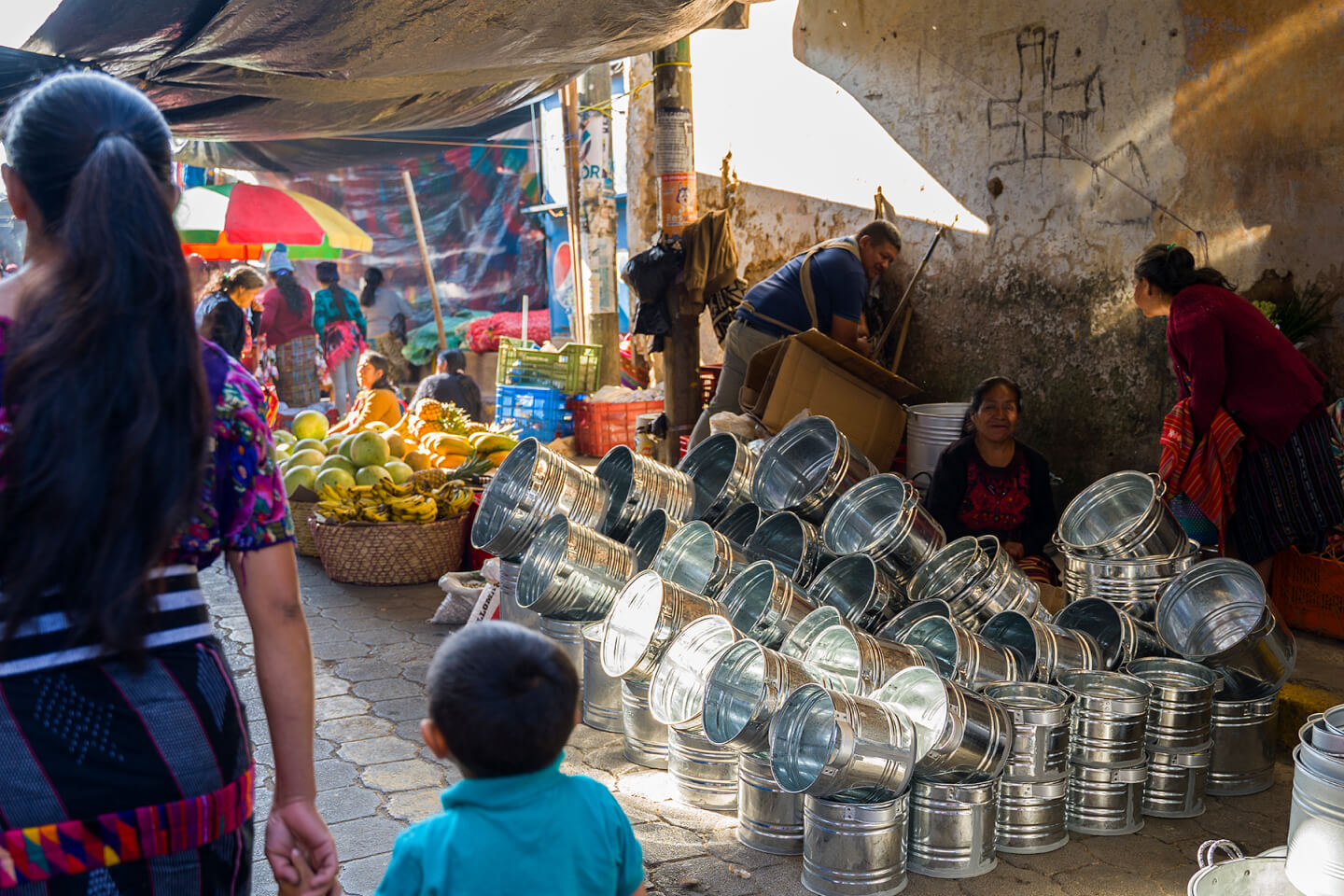
Chichicastenango, Quiché Department, Kʼicheʼ tribe. 2024. JFernando Morales Photography.
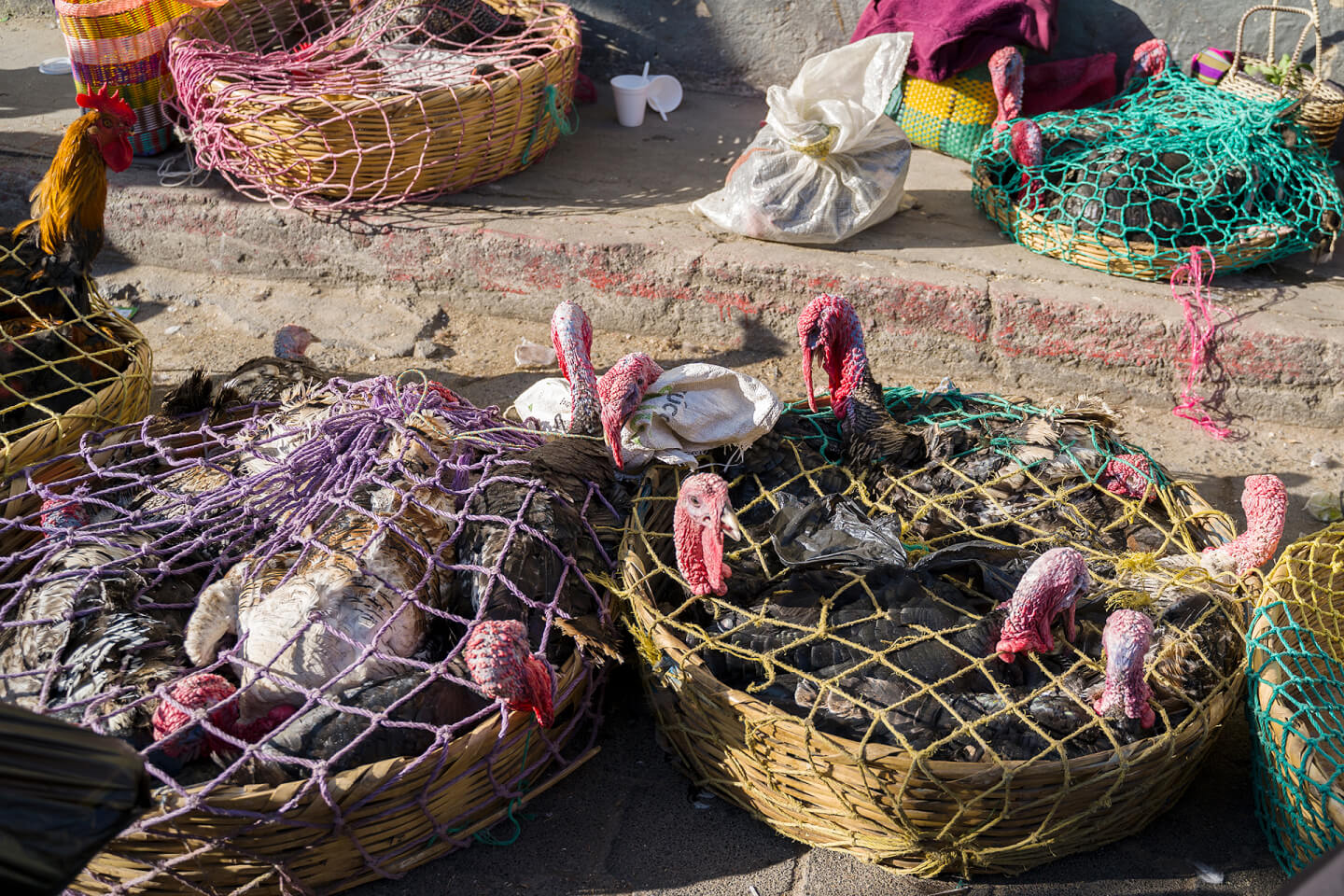
Chichicastenango, Quiché Department, Kʼicheʼ tribe. 2024. JFernando Morales Photography.
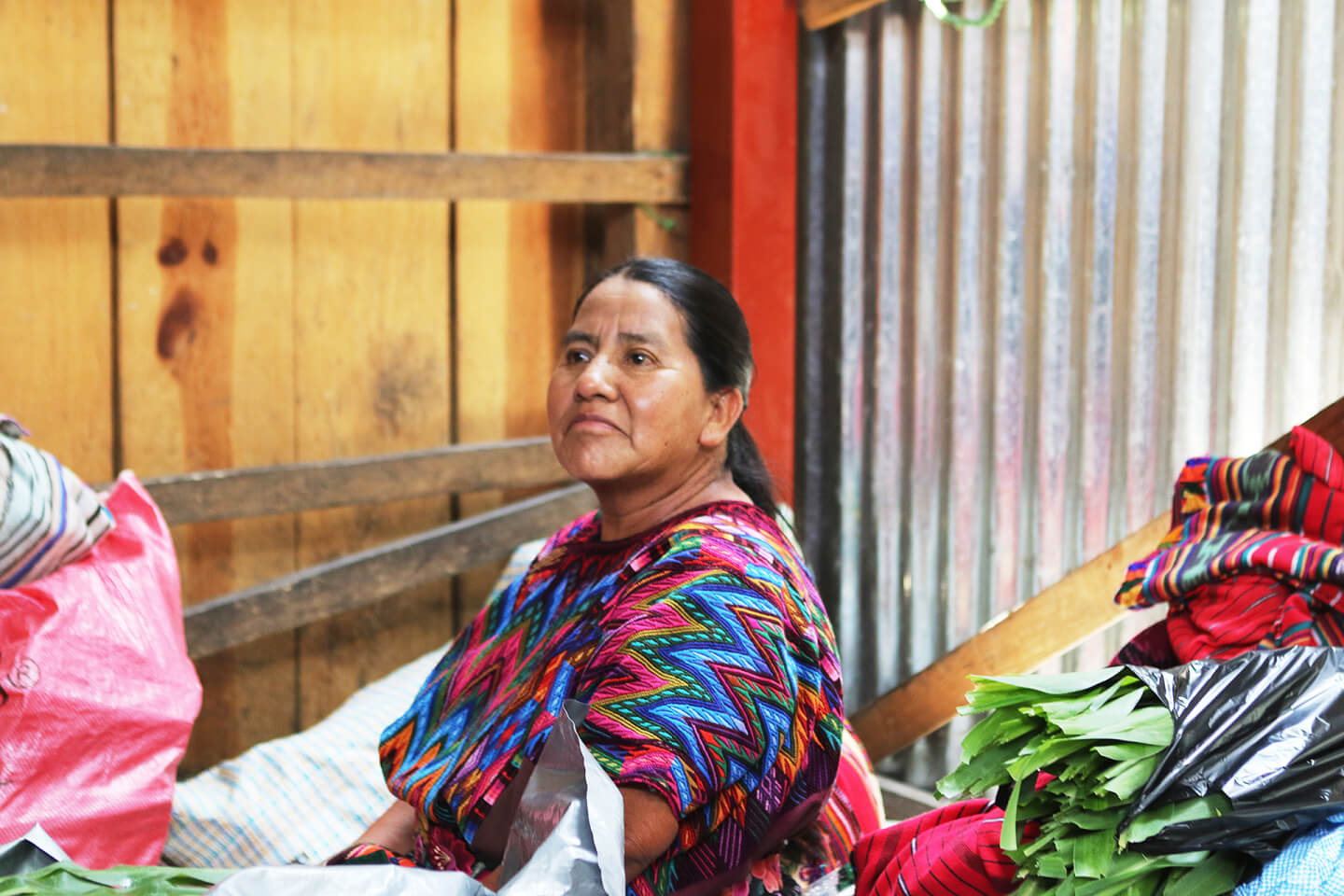

Textile and accessories
The other most important and largest category of goods on the market is women’s clothing, textiles and accessories. Women are engaged in weaving. Skills are passed down from generation to generation through the female line. Interestingly, it is women who are the bearers (in every sense) of traditional clothing — the Maya men’s costume has not survived to the present day.
The men’s traditional costume of the pre-colonial period disappeared due to economic reasons. Its production was very expensive. There simply were no indigenous people left who could afford to make and wear it.

Representatives of the local government have costumes that they use during processions and solemn ceremonies, but in fact, they have existed in this form only since the time of the conquistadors. It is noticeable by their shape: the jacket and knee-length trousers resemble a traditional Spanish men’s outfit, elements of which in Spain itself have been preserved to this day in the outfits of bullfighters.
Chichicastenango, Quiché Department. 2018.
The main clothes of Indian women are a blouse "güipil", a skirt (a cloth sewn from two long stripes that wraps around the waist) and a belt supporting it — a sash — long and wide enough, with embroidery at one end on the front side. Sometimes such belts are woven rather than embroidered.

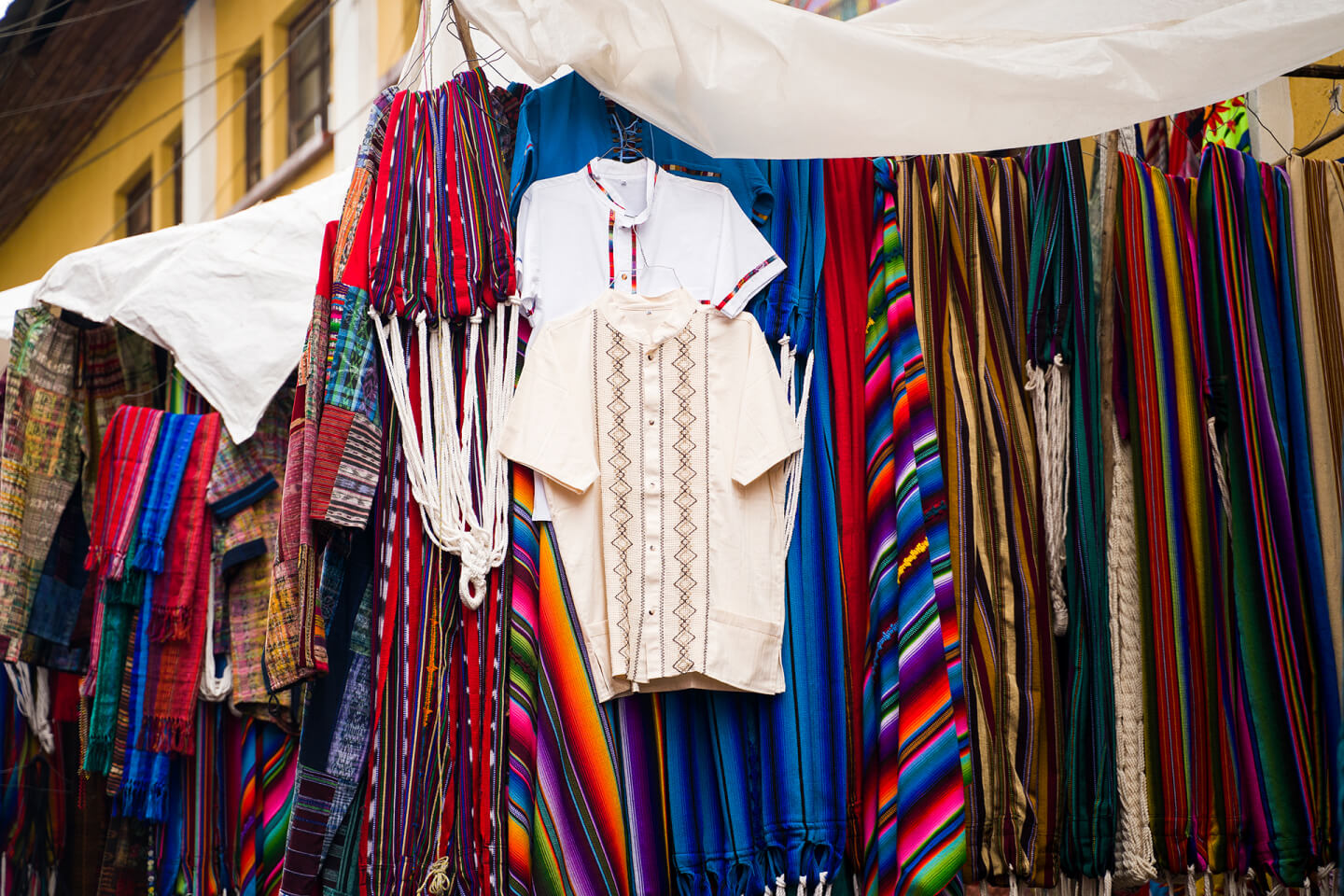
Chichicastenango, Quiché Department, Kʼicheʼ tribe. 2024. JFernando Morales Photography
There are two types of güipil — for everyday life and for ceremonies. The ceremonial blouse is white. Unfolded, it has the form of a cross. The embroidery around the collar symbolizes the sun and is often made with red threads.
Women who participate in processions and are related to cofradías, as well as during Indian holidays wear this blouse. Unlike the everyday, a darker version, they are more often worn without shoving into the belt.


Casual blouses may have abstract patterns, animal figures and ornaments. Modern craftswomen show their skills and imagination in embroidery and weaving, only indirectly focusing on tradition. Men also sometimes embroider — much less often than women. Quite frequently, the long production process requires the participation of all family members.


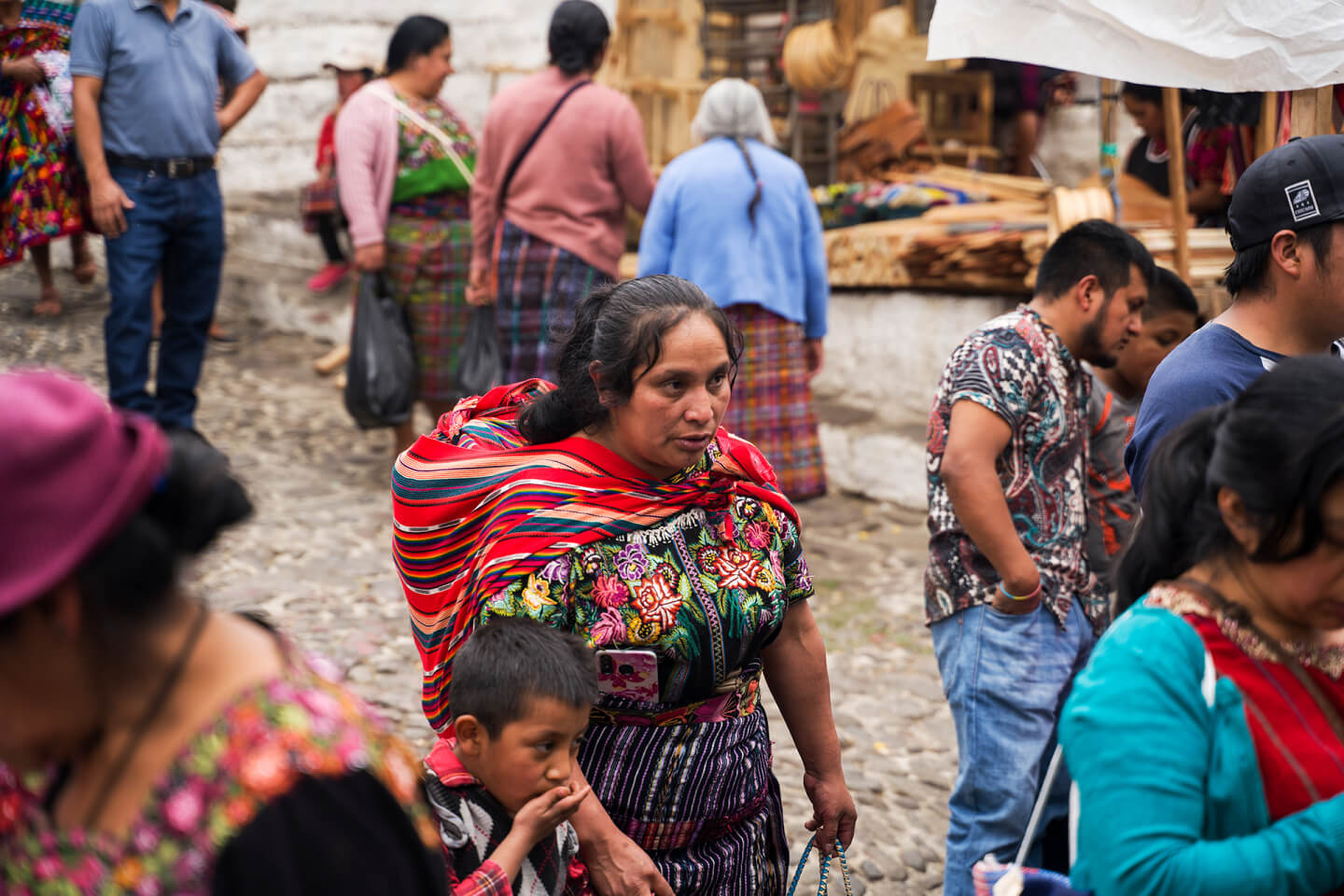


Chichicastenango, Quiché Department, Kʼicheʼ tribe. 2024. JFernando Morales Photography
San Gaspar Chajul, Quiché Department. 2018.
Chichicastenango, Quiché Department, Kʼicheʼ tribe. 2024. JFernando Morales Photography
Doña Tomasa notes that until recently only five colors were used for embroidery of clothes, but with the development of dyeing technology, the artisans do not limit themselves in colors.




One blouse, provided you work eight hours a day, takes 15−20 days. Lustrine, silk and mish are used as threads. Mish threads are a mixture of six threads with a gloss similar to silk.

Such hand-made casual outfit is quite expensive. So often in poor families, women have only two or three such outfits. The rest of the products go for sale.

Preparation of wool for painting. San Andrés Xecul, Totonicapán Department, Maya Kʼicheʼ. 2018

Preparation of wool for painting. San Andrés Xecul, Totonicapán Department, Maya Kʼicheʼ. 2018

Preparation of wool for painting. San Andrés Xecul, Totonicapán Department, Maya Kʼicheʼ. 2018

Preparation of wool for painting. San Andrés Xecul, Totonicapán Department, Maya Kʼicheʼ. 2018
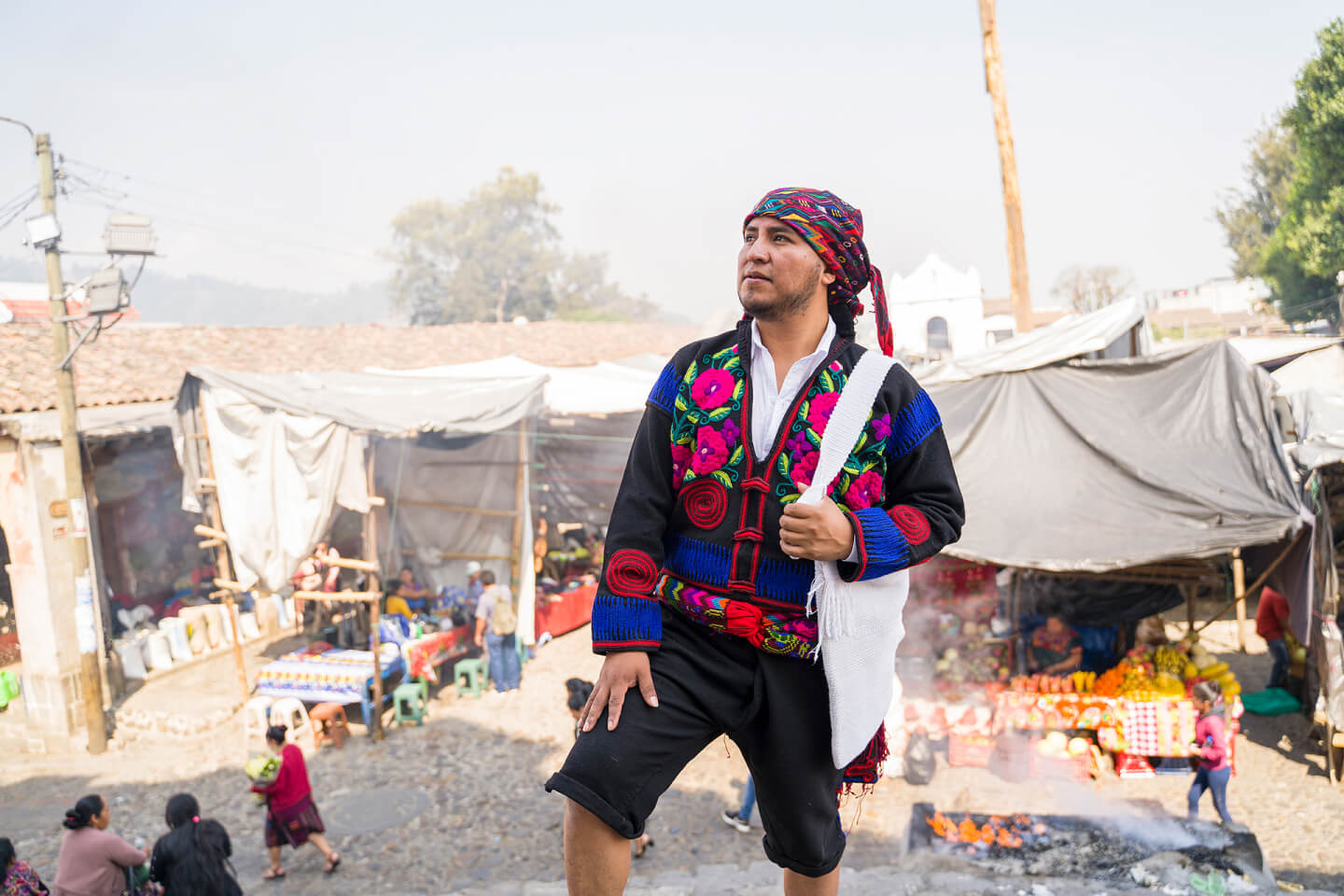
Men rarely wear national clothes in everyday life — this is noticeable on the streets of Guatemala. But ceremonial costumes are worn without fail — and they cost four to five times more expensive than women’s casual ones.
Sheep’s wool of the highest quality is used for men’s outfit production. Only that kind of wool thread makes a cloth that does not irritate the skin. Due to expensive materials, not everyone can afford such a suit. As a rule, the highest social (and economic) stratum in the settlement wears and owns them — the cofradías.
Spiral patterns are typical for the Chichicastenango tradition — they symbolize the infinity of life. They are embroidered on the sleeves and hemlines of men’s outerwear.
Chichicastenango, Quiché Department, Kʼicheʼ tribe. 2024. JFernando Morales Photography
Compared to the waist looms, which are traditional for this region, the foot looms work faster, the canvas on it turns out to be much wider, but this is a less traditional technology. Women often weave directly behind the counter where their products are sold.
Fabric is woven on waist looms. Large foot looms are also used, but most often in cooperatives. Previously, working on them was a purely male occupation, but gradually it was adopted by women.




San Gaspar Chajul, Quiché Department. 2018.
San Juan La Laguna, Sololá Department. 2018.
Modern goods
Adapting to international buyers, local craftsmen come up with new types of goods: for example, a tablecloth made from güipil: in the center there is a hand-woven ornament, like on a blouse, but without a hole for the head, and around there is a plain fabric that serves as a tablecloth. Or use local ornaments to decorate bags and other accessories.
Of course, there are plenty of "Made in China" fakes. Sometimes, Chichi is very hard to distinguish from a flea market on the other side of the world.



Not all sellers have their own counter in the market: in the shopping alleys of Chichiсastenango, you can stumble upon women who carry goods directly on themselves, offering them to the customers. When they see your interest, they can easily follow you around the market, persistently drawing attention to themselves.

Chichicastenango, Quiché Department, Kʼicheʼ tribe. 2024. JFernando Morales Photography
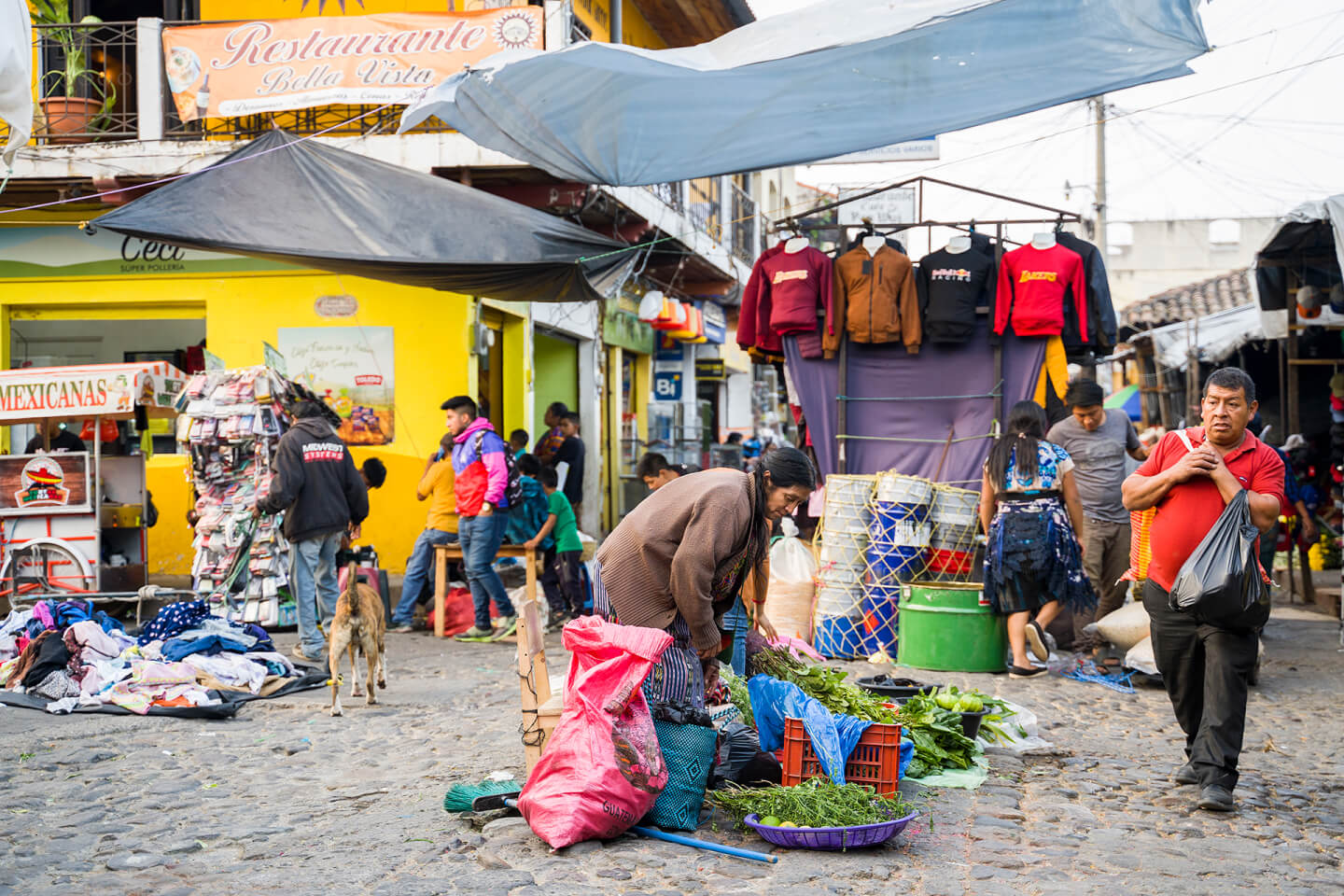
Chichicastenango, Quiché Department, Kʼicheʼ tribe. 2024. JFernando Morales Photography
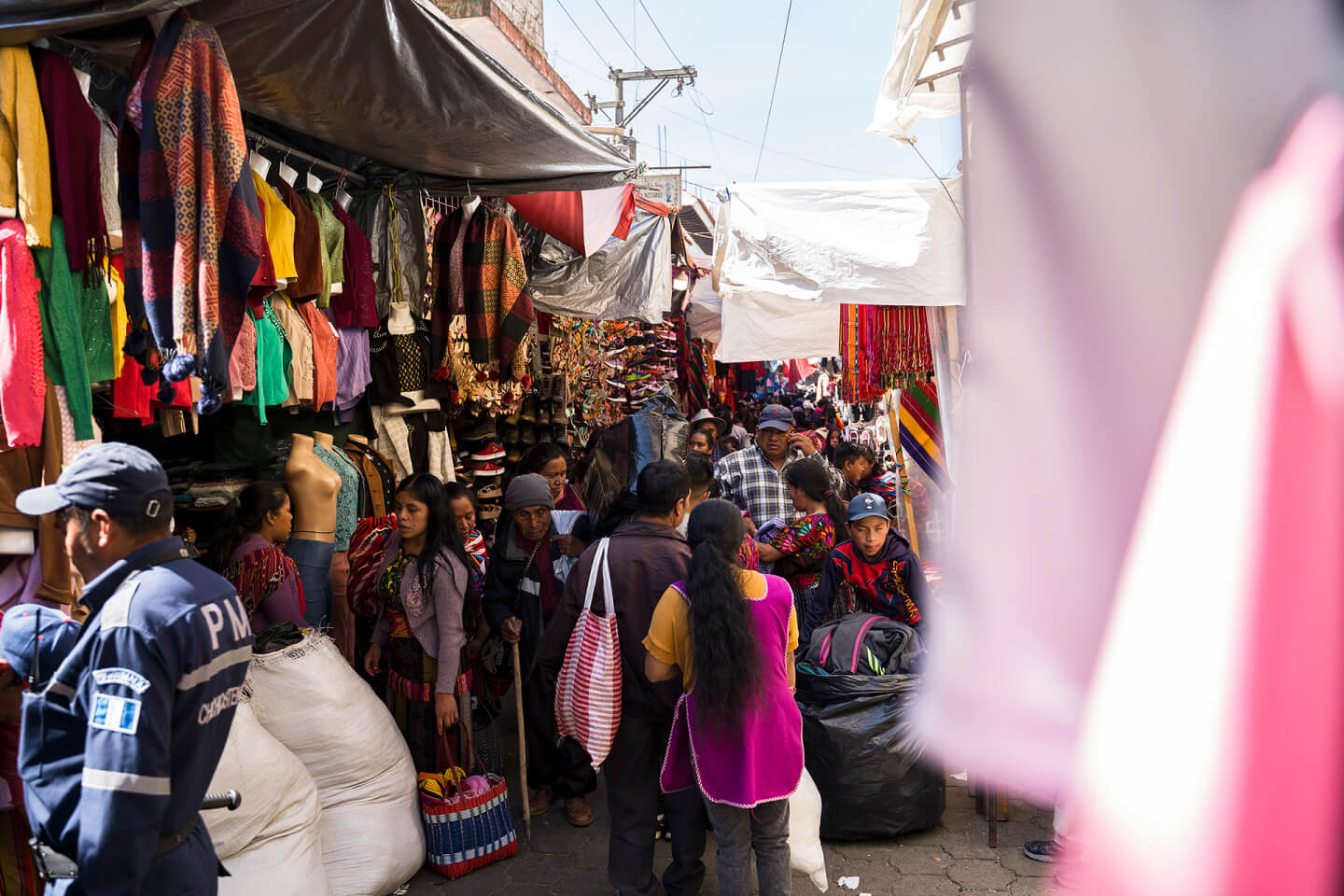
Chichicastenango, Quiché Department, Kʼicheʼ tribe. 2024. JFernando Morales Photography
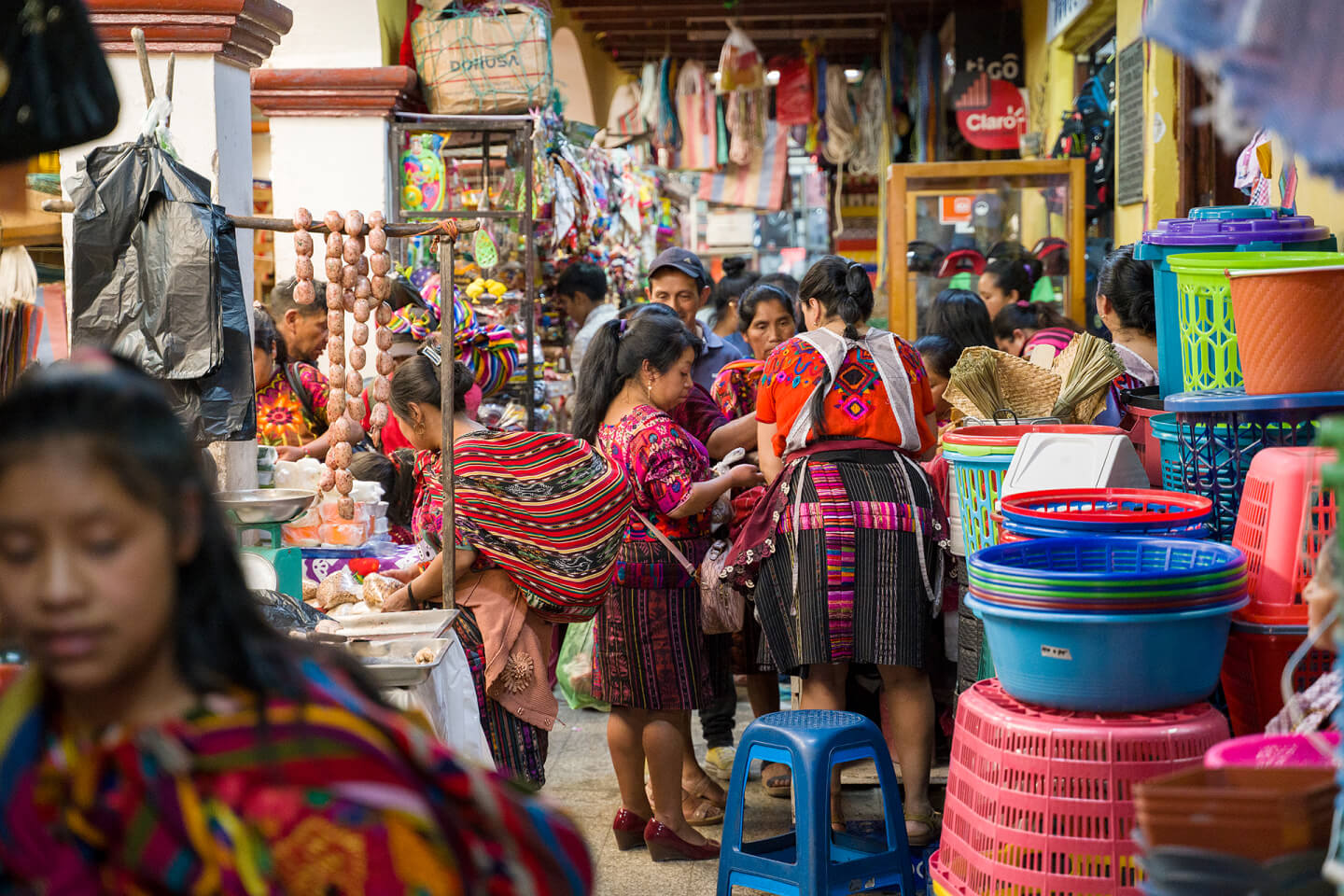
Chichicastenango, Quiché Department, Kʼicheʼ tribe. 2024. JFernando Morales Photography
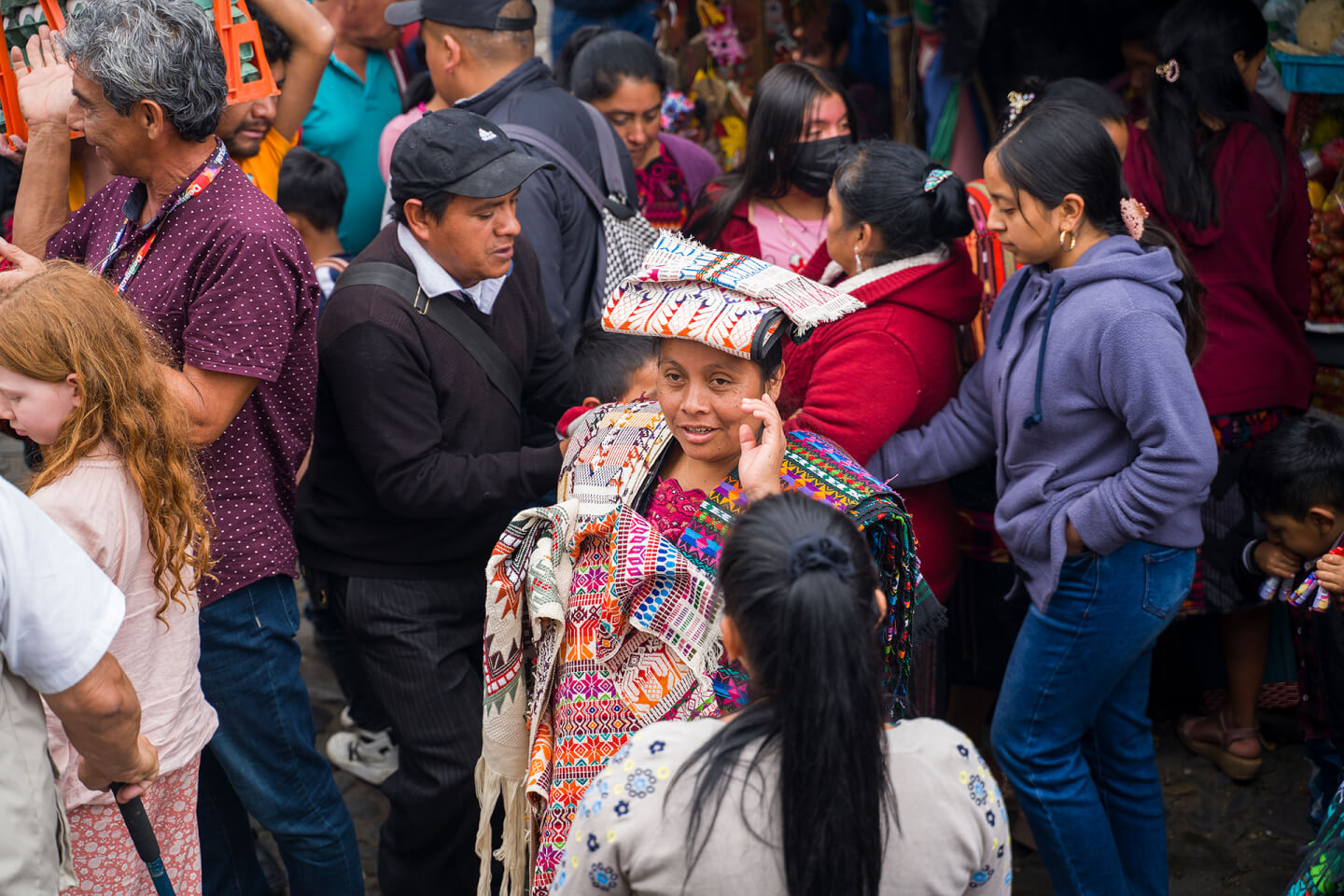
Chichicastenango, Quiché Department, Kʼicheʼ tribe. 2024. JFernando Morales Photography
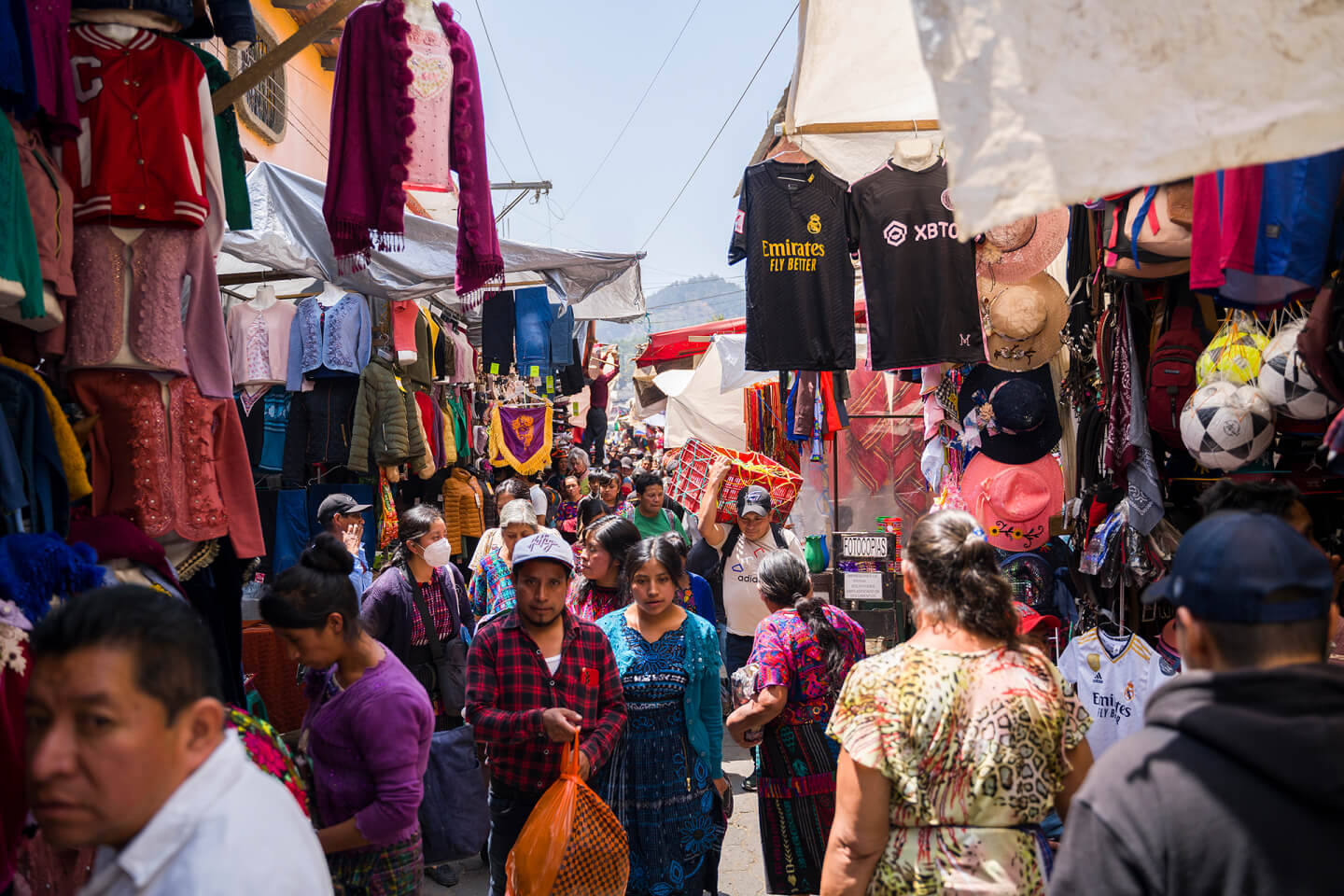
Chichicastenango, Quiché Department, Kʼicheʼ tribe. 2024. JFernando Morales Photography

Chichicastenango, Quiché Department, Kʼicheʼ tribe. 2024. JFernando Morales Photography

Another important category of goods that has appeared on the market relatively recently is souvenirs: local paintings, malachite products, masks, purses, embroidery. Jewelry and figurines often depict the stories of the Maya tribes who come to the market. The specifics of souvenirs for sale do not lag behind modern realities: here you can find phone cases, wallets for bank cards and other small things.
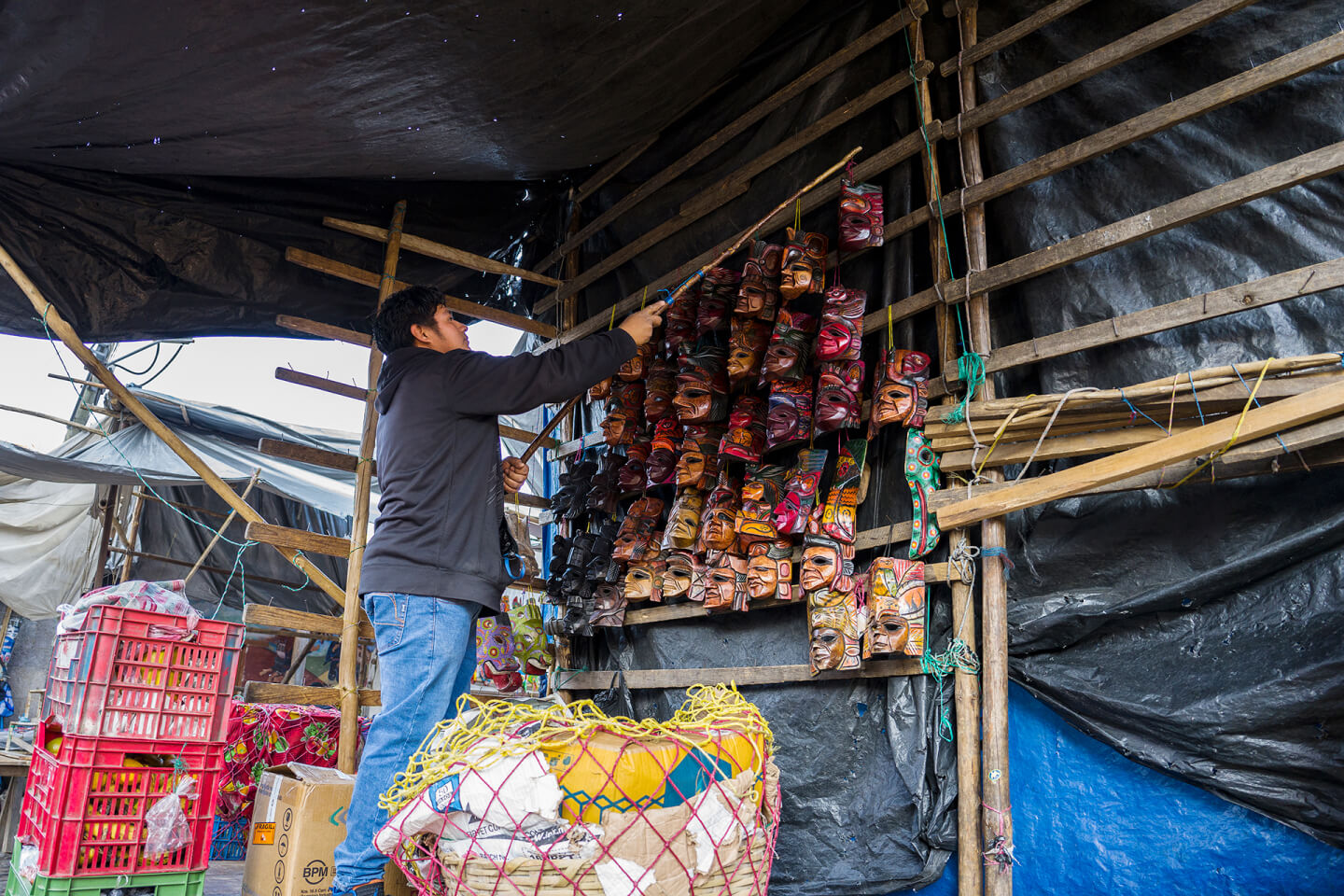
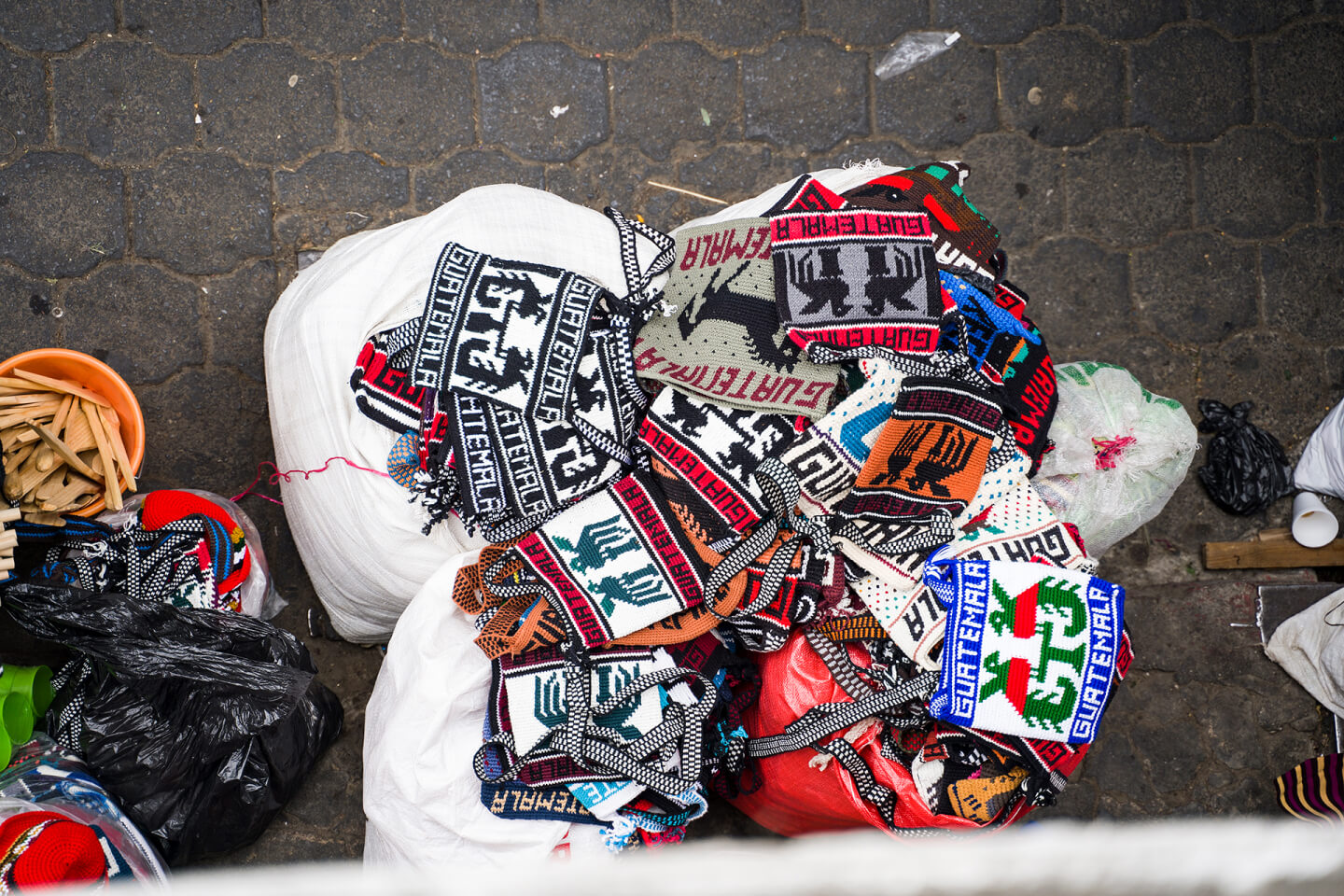
Chichicastenango, Quiché Department, Kʼicheʼ tribe. 2024. JFernando Morales Photography
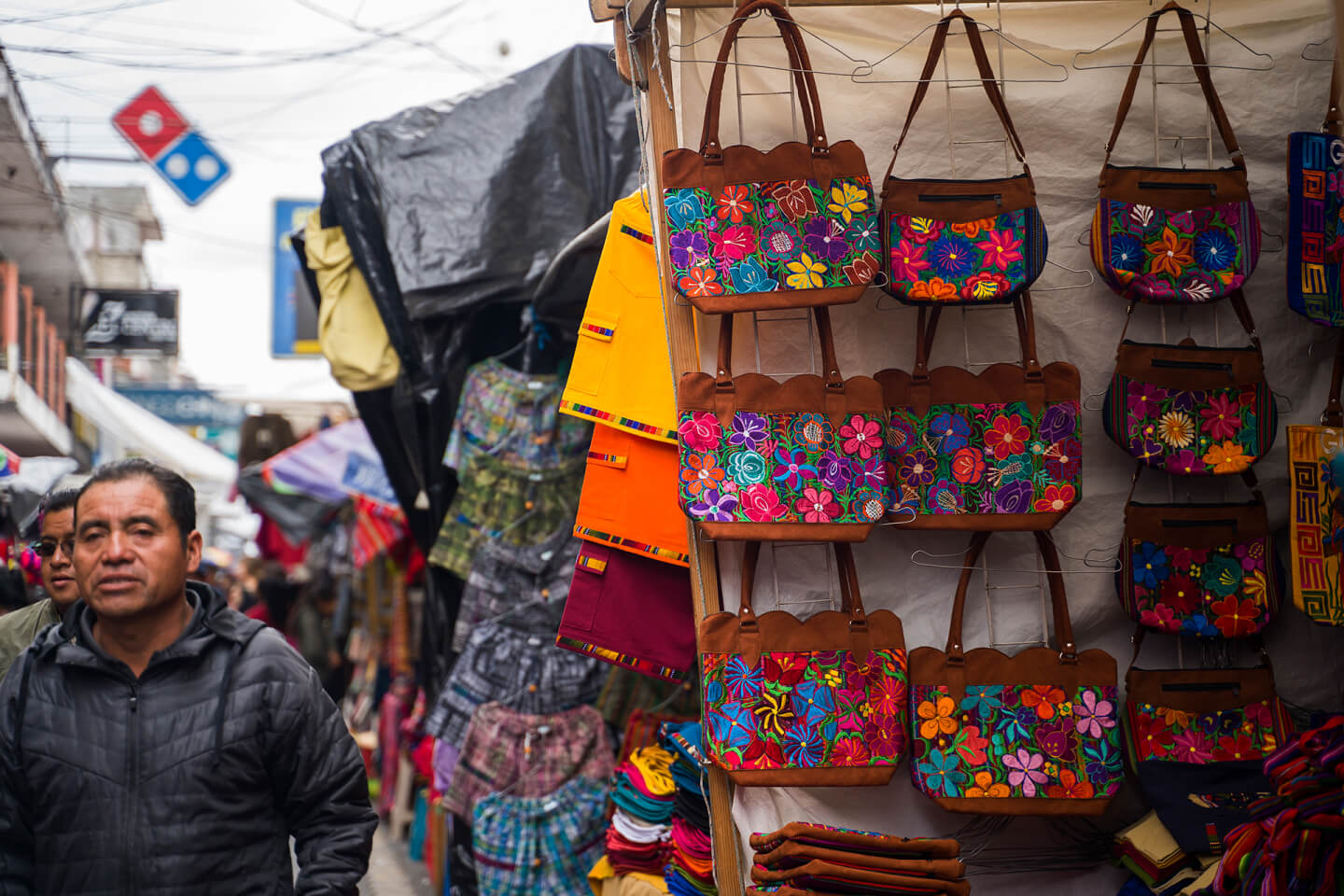


Contacts
Events
Project








